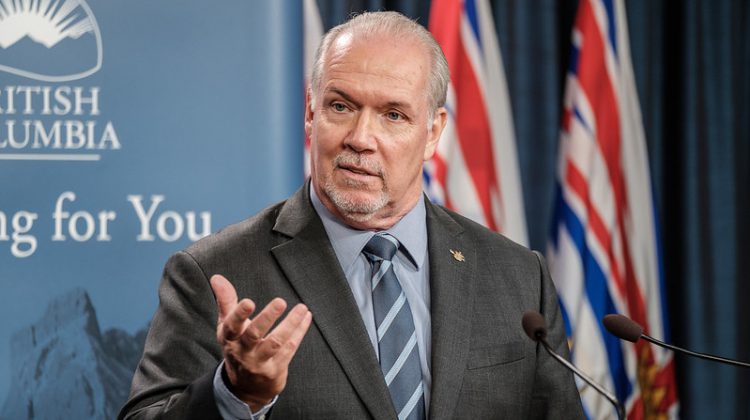The province is forking out over $100 million for B.C.’s suffering tourism industry.
But that falls well short of the $680 million the industry was asking for to help mitigate the impacts of COVID-19.
The tourism funding is part of the province’s $1.5 billion economic recovery plan.
Finance Minister Carole James says she and Premier John Horgan know first hand the challenges that face the tourism industry.
She pointed to a new task force, as well as other measures meant to boost a sector that’s been hit hard by the pandemic.
“We have put supports in place in tourism for one, a task force as the tourism industry requested, to bring together leaders to look at both short -term and long-term plans,” James said.
The $1.5 billion is on top of the $660 million in tax measures and more than $1.86 billion in federal and provincial restart funding for municipalities, transit and education.
The province says it also “builds on” its record $22-billion investment in public infrastructure over the next three years.
Those capital projects are estimated to create 100,000 direct and indirect jobs over the life of the projects.
The total provincial response exceeds $8.25 billion.
Premier John Horgan says we’ve been through a lot recently.
“We know our recovery won’t happen overnight, but by focusing on people and taking care of each other, we will ensure there are better days ahead for all of us,” he said. “The steps we are taking now will improve health care, get people back to work, support B.C. businesses and strengthen our neighbourhoods and communities.”
Since mid-May, the province says it has had “stronger-than-expected consumer spending, housing activity and employment gains.”
The province says that as of August, almost 250,000 jobs had been restored, equal to 62 per cent of the total jobs lost due to the pandemic.
“When COVID-19 first hit, we acted quickly to keep people safe and support those in need. While we are now starting to see hopeful signs of recovery, we know many people are still struggling and there is a lot of work left to do,” finance minister Carole James said.
“British Columbians are pulling together, and we’ll be there to support them every step of the way. Our province has a strong foundation to build a recovery that creates opportunities for all.”
The plan includes:
- Hiring 7,000 new health-care workers. This includes thousands of health-care aides to manage outbreaks in long-term care homes and 600 contact tracers to help stop further spread in the community. The province says the plan will also increase support for mental health care in the workplace and introduce a new Hospital at Home initiative that will allow patients to receive medical services in their own home from a team of health professionals.
- Expanding Indigenous skills training and accelerating the creation of affordable child-care spaces so that more parents, particularly women, can get back to work.
- Implementing a 15 percent refundable tax credit based on eligible new payroll for businesses. It will also introduce a small- and medium-sized business recovery grant for 15,000 hard-hit businesses, while protecting as many as 200,000 jobs. Tourism operators will be eligible for a special top-up. The plan will also provide a temporary 100 percent PST rebate on select machinery and equipment.
- Investing over $400 million for community infrastructure and to support local governments. This includes $100 million in infrastructure grants for projects that the province says “will create jobs right away.” The plan also earmarks over $1 billion in provincial and federal investments to help keep people moving, whether by transit, TransLink or BC Ferries. An additional $540 million in combined federal/provincial funding will help B.C. communities address other local challenges impacted by COVID-19.
In developing the plan, the government engaged nearly 50,000 British Columbians in every region, through online surveys and virtual or telephone town halls.
Horgan and James also convened a series of meetings with business, labour and Indigenous groups, economists, youth, green technology experts, and faith leaders.
The BC Green Party caucus was consulted on the development of this plan.






